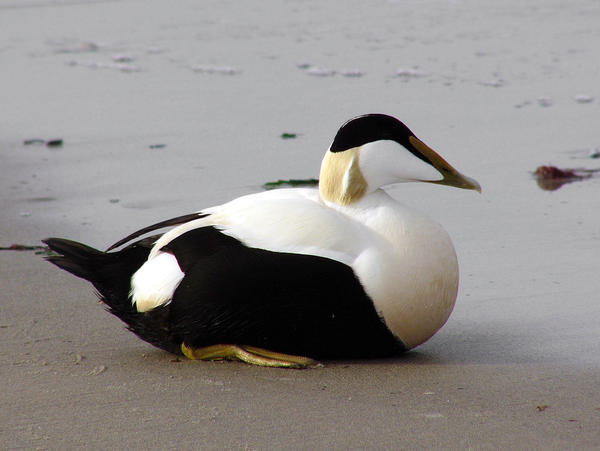- news
- 24-08-2011

Intraspecific brood parasitism (IBP) is a remarkable phenomenon by which parasitic females can increase their reproductive output by laying eggs in conspecific female's nests in addition to incubating eggs in their own nest.
In a recent study published in “Molecular Ecology”, Prof. Michel Milinkovitch has analysed molecular data in two eider duck colonies, showing that genetically related females (young females, their aunts and their grandmas) specialize in their energy allocation: young females produce more eggs than they can incubate and they entrust these to their older relatives.
As older females cannot lay as many eggs as young females can, their ability to accept eggs from their nieces and grand-daughters allows them to indirectly increase their own fitness (as the offspring in the parasitic eggs bear some of their own genes).
Hence, what is generally called ‘intraspecific brood parasitism’ in ducks is likely to constitute a spectacular cooperation among generations of closely related females.
